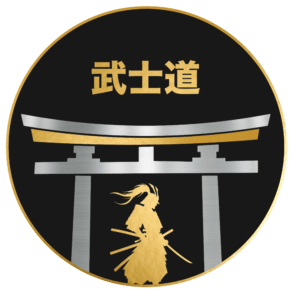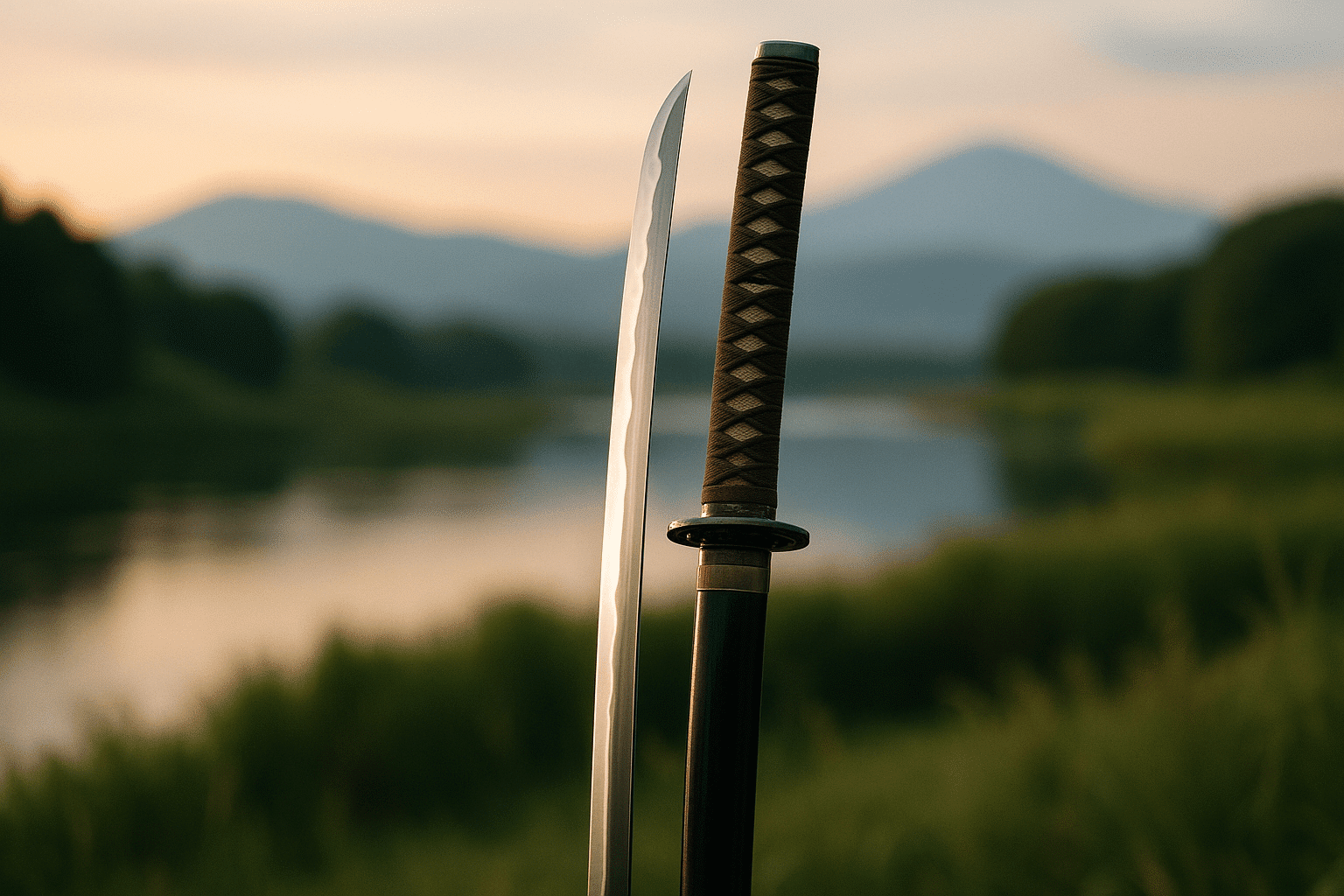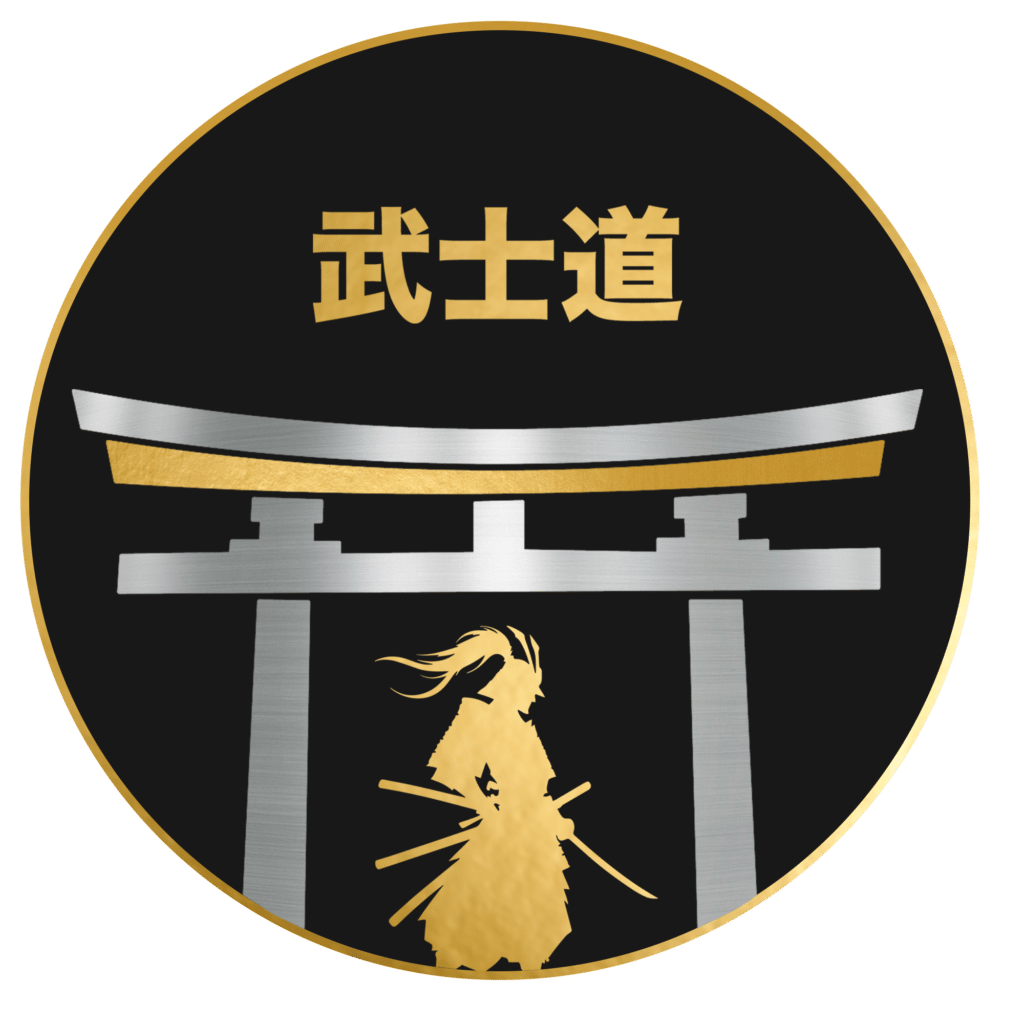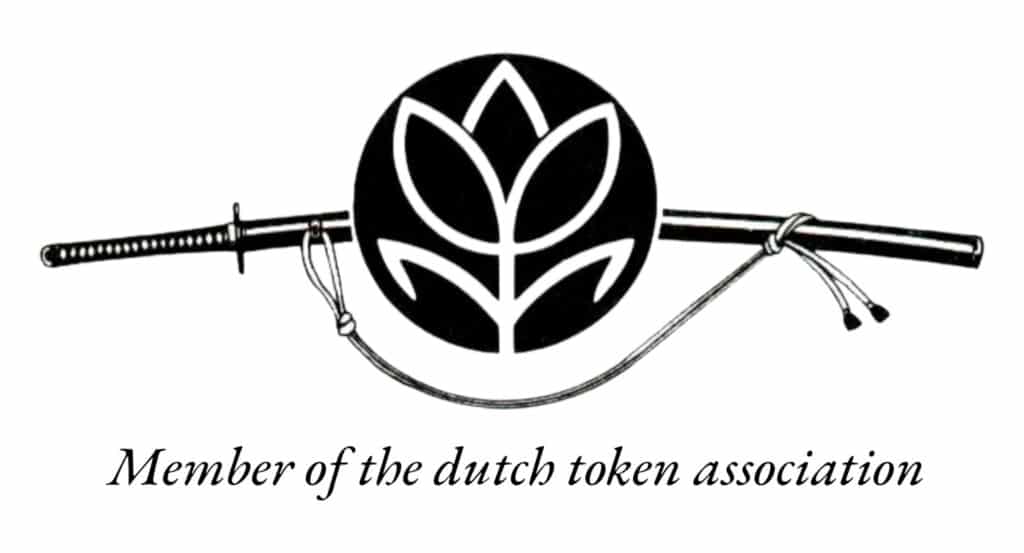Introduction: The Edge of Intention
He stands still. Blade in hand. Eyes resting not on the world, but within.
Ōno Yoshimitsu Mukansa is more than a swordsman. He is a practitioner of silence, a craftsman of deliberate motion. His way is not for spectacle. It is for truth.
To witness his swordwork is to feel the weight of choice. Every cut emerges from calm. Every stance holds intention.
This is not martial art as performance. It is clarity sharpened by discipline. A dialogue between self and steel. Between breath and stillness.
In this space, time stretches. Distractions fall away. Only purpose remains.
This is the edge of intention. And it is where the path begins.
The Legacy of Mukansa: Beyond Recognition
In Japan’s sword-making world, few honors compare to the title of Mukansa — “Beyond Judgment.” It means the artisan’s work no longer needs to be evaluated in competitions. The quality speaks for itself. The designation is rare. It is not won. It is earned through decades of quiet excellence.
Ōno Yoshimitsu reached this level. But his path did not stop there. Recognition was never the goal. For him, mastery is a daily practice. Not a title, but a way of life.
Each blade he crafts carries the weight of tradition. Yet it also breathes with his own expression, refined and pure. He does not chase innovation for its own sake. Instead, he deepens the old forms, letting them reveal new detail through disciplined repetition.
In his workshop, there is no applause. Only heat, steel, and time.
The Mukansa title marks a moment. Yoshimitsu’s legacy lives beyond it — in the silence between strikes, in the edge of every finished blade.
Precision: The Quiet Language of the Blade
Precision is not loud. It does not declare itself. It is felt—in the weight of the blade, the line of a stroke, the stillness before movement.
For Ōno, every cut has purpose. Not just in form, but in spirit. A sword is not made in haste. Each motion in its forging is deliberate. Heat. Hammer. Quench. The metal remembers.
In the dojo, the same truth holds. A stance an inch too wide is a stance lost. A strike without measure is a strike without meaning. Discipline begins in details.
Ōno teaches this by example. Hands steady. Voice measured. He watches with exactness. He corrects with care. Precision is his language, spoken in silence.
To observe his process is to see intent turned into practice. A master does not chase perfection. He refines, again and again. Until what remains is essence. No waste. No excess.
This is not about control. It is about respect. For the blade. For the art. For the moment at hand.
Everything matters. Because everything speaks.
Patience: Moving at the Pace of Mastery
Mastery demands time.
For Taiichi Ōno, progress was not rushed. It was measured. Deliberate. Every improvement at Toyota came through careful observation, not hurried action. He studied the floor. He waited. He saw what others missed.
Patience was not passive. It was attentive. Ōno moved only when the moment was right. He let problems surface. He let people learn.
He refined systems slowly. Piece by piece. Like shaping a blade—pressure, release, then pause. Quick fixes had no place. He chose depth over speed.
Adaptability came from this restraint. Ōno adjusted only when needed. He didn’t chase change. He responded to reality.
In the dojo, repetition builds skill. In the factory, rhythm builds flow. Both require time. Both demand patience.
Mastery is quiet. It moves at its own pace. Ōno knew. So he walked that path. Step by step.
Perfection: Harmony Without Excess
Perfection, in the Mukansa philosophy, is not about addition. It is about subtraction. What remains must serve a purpose. Nothing more. Nothing less.
This is harmony without excess. Balance without spectacle.
Every detail is chosen. Every choice, deliberate. There is no room for decoration that hides weakness. No space for flair that distracts from function.
Clarity becomes strength. Simplicity becomes beauty. The result is quiet confidence, not loud display.
This discipline refines the work. It also shapes the maker. Mukansa craftsmanship follows the same rhythm as the martial artist’s breath: calm, measured, essential.
In this silence, we find perfection.
The Forge and the Dojo: Where Steel Meets Self
In the forge, steel is shaped by fire, hammer, and time. It is not rushed. Each strike has purpose. Heat reveals weakness. The blade is softened, broken, made new.
In the dojo, the process is the same. Training is deliberate. Repetition tests the mind. Failure is not defeat—it is instruction. The spirit, like steel, must bend before it strengthens.
Both environments demand presence. You listen closely in silence. You move with intent. The craftsman and the student share the same path: refine, learn, endure.
Hardship is not the enemy. It is the guide. Heat and pressure do not destroy. They purify.
To forge steel is to embrace resistance. To train the self is to welcome it.
In both, the goal is not perfection, but integrity. That which holds firm through trial has worth.
The forge and the dojo—two places, one truth. Strength is not given. It is earned.
Conclusion: The Stillness Within the Cut
In the quiet moment before the blade moves, there is truth.
Ōno Yoshimitsu did not teach swordsmanship alone. He offered a way of being—present, awake, precise. Each cut, a mirror. Each stance, a question: are you here?
His practice asks more than skill. It asks for stillness amidst action, clarity within motion. The sword becomes a compass, pointing inward.
There is no excess. Only what is needed. This is the discipline. This is the path.
To follow it is to face your own edges. To refine them. To live, not react. To move, not flinch.
In the end, the real cut is not against an opponent. It is through illusion. Through noise. Through all that separates us from ourselves.
Stand straight. Breathe once. Begin again.





